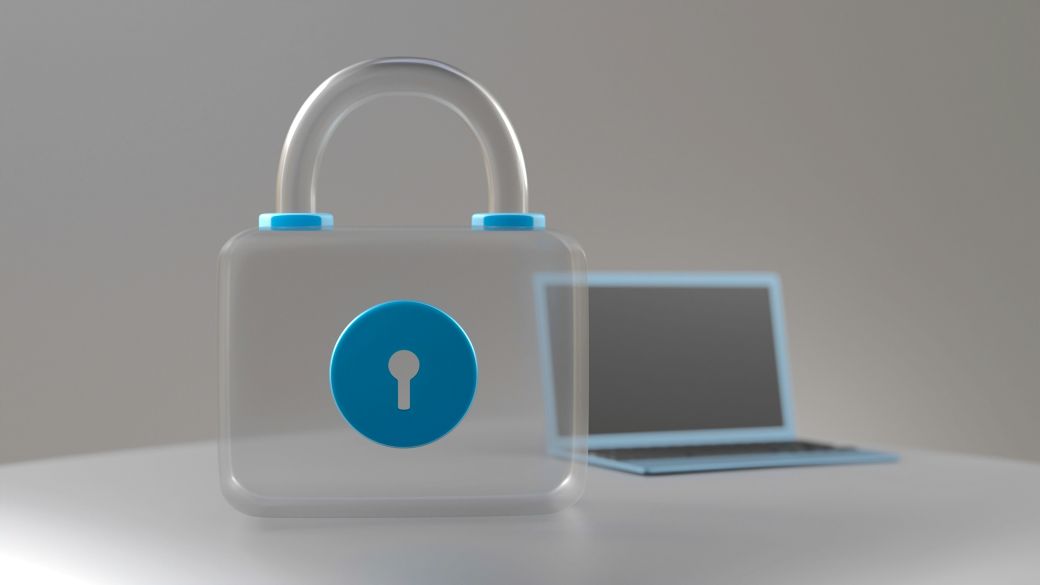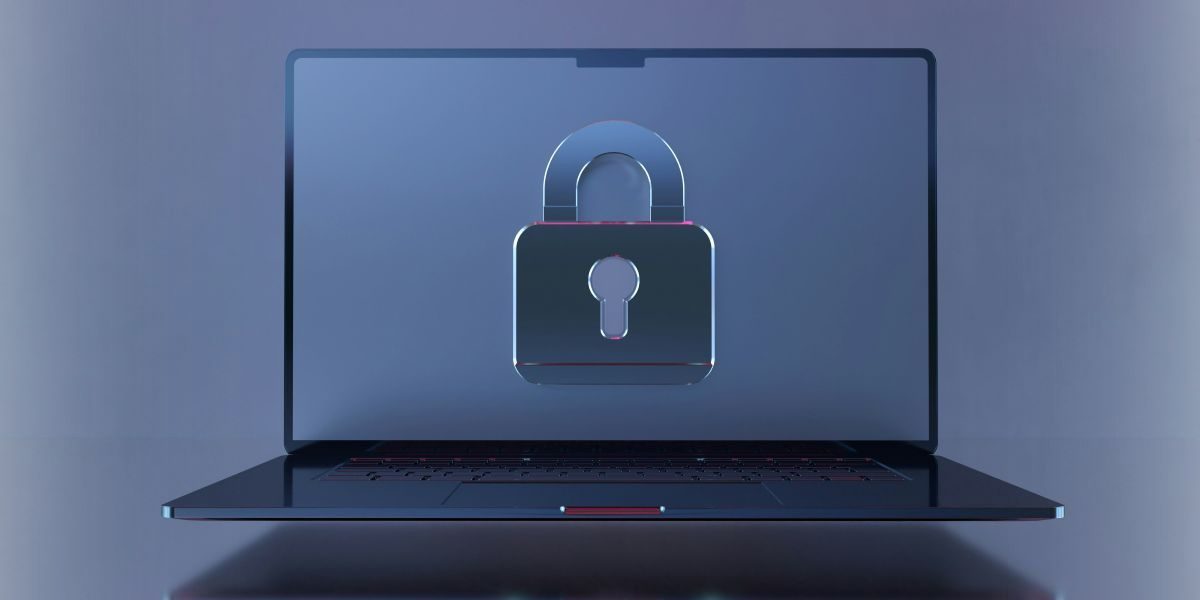Automating sales is a big part of streamlining the overall business processes, boosting productivity, and enhancing customer satisfaction. However, it comes with its own set of risks, like data breaches, malicious attacks, and unauthorized access.
In the third quarter of 2024, 422.61 million data records were leaked in data breaches, impacting millions of people worldwide. Additionally, the average cost of a data breach incident across companies worldwide is 4.88 million U.S. dollars.
Of course, it’s expensive because it includes important factors like detection, business losses, post-breach response, and notification.
Companies that handle vast amounts of customer data are at a serious risk. In 2024, nearly 48% of all data breach incidents in global organizations occurred to steal customer personal identifiable information (PII).
Sales teams collect crucial customer data all the time, which is why it is their responsibility and obligation to safeguard this confidential information. Fortunately, advancements in the cybersecurity arena and sales automation have ensured there is a way around this.
Common Risks and Threats That Target Sales Automation
Almost all businesses use sales automation software to optimize their processes and increase their revenue.
However, without proper security measures in place, these systems can easily become vulnerable to various types of cybercrime. The most common types of cyberattacks that target sales automation and data include:
1. Phishing
This is a type of social engineering attack where cybercriminals create convincing and realistic emails to trick their target company’s employees into revealing their login credentials and/or sensitive information.
For instance, the criminal may pretend to be a vendor and request access to the sales automation system to gain unauthorized access to customer data and sales figures.
2. Malware and Ransomware
Malware can infiltrate weak security systems via infected email attachments, compromised websites, or outdated system patches. It can then steal sensitive information, track user activities, and spread to other systems in the network.
Ransomware works by encrypting crucial data and demanding a ransom payment (typically in millions) for the decryption key. Such an attack can derail sales operations, leading to financial and reputational damage.
3. Insider Threats
This may be intentional or unintentional. For example, employees with malicious intent may misuse their credentials to access and steal customer or sales data.
Even well-meaning employees can sometimes inadvertently expose sensitive information due to the lack of awareness and knowledge of cybersecurity risks.
4. Third-Party Vulnerabilities
Sales automation tools often integrate with third-party applications and service providers, such as customer relationship management (CRM) solutions, marketing automation software, and payment gateways.
If these aren’t secured adequately, they may get compromised and extend the risks to your sales automation tool. Similarly, third-party vendors may be targeted to gain unauthorized access to your sales automation tool and data.
5. Inadequate Encryption
Weak or insufficient encryption protocols and data storage practices can lead to data breaches, resulting in financial and reputational losses. Sensitive encryption can be accessed with authorization and exposed to malicious parties.
All in all, sales automation security breaches can mean irreversible damage for businesses in terms of destruction of customer trust and breakdown of operations. Understanding these threats is key to figuring out ways to prevent them.
Here’s how companies can use modern cybersecurity technologies to secure their networks, sales automation systems, and confidential data.

Using New-Age Network Security Technologies in Sales Automation
1. Encryption of Sensitive Data
Sensitive data pertaining to customers, sales functions, and financial transactions must be encrypted so that even if it does fall into the wrong hands, it cannot be misused. Using strong encryption algorithms, such as AES-256, can help companies protect their information from unauthorized access or interception, whether it is at-rest, in-use, or in-transit.
For instance, when a sales rep enters customer details in the CRM, it should be automatically encrypted before reaching the database. Similarly, data that is being transmitted from the sales automation system and another integrated platform should be encrypted using secure communication protocols like HTTPS.
For best results, specialized Field Force Automation (FFA) or Sales Force Automation software may be used, especially if field teams are crucial to your sales function and customer satisfaction. This tool is designed to streamline field sales operations by automating tasks such as route planning, order management, activity tracking, and customer interactions. Most importantly, it is equipped with robust data security and compliance measures to ensure the secure handling of sensitive field information.
2. Role-Based Access Control (RBAC)
RBAC ensures that companies have more and better control over their sensitive data. With this technology in effect, only authorized personnel can access specific resources and functionalities, based on their assigned job roles and responsibilities in the company.
For example, only the sales manager may have access to all customer records and sales reports, whereas sales executives may have access only to their own accounts and limited reports.
3. Implement SD-WAN
The days of using traditional wide area networks (WANs) are officially over with the introduction of SD-WAN. The latter is capable of supporting cloud-first, security-sensitive, and global enterprises, as well as the hybrid workforce. In other words, companies can protect their investment and simplify operations along their journey to a zero-trust architecture.
SD-Wan use cases include:
- Simplifying branch architecture
- Advanced routing
- Empowering the hybrid workforce with a comprehensive SASE (Secure Access Service Edge) solution
- Enabling secure, seamless, faster connectivity to the cloud
- Automating design, deployment, and operation with a single pane of glass for network-wide visibility, analytics, reporting, and orchestration
- Engendering reliable user experience on any transport with rich routing
- Advanced WAN remediation for self-healing networks
As such, SD-WAN provides end-to-end cybersecurity over the entire network and continuously monitors it for anomalies. Companies can use and manage certified platforms while promptly deploying optimal security measures where and when necessary, from a unified dashboard. Users can protect their systems from multiple security threats, both external and internal.
4. Regular and Proactive Monitoring
Cyberattacks are constantly evolving and so should your cybersecurity measures. With the aim to keep your network secure at all times, make sure your sales automation platform provides a secure software development life cycle (SDLC) process. Have it checked and certified by administrators with different roles and access privileges to create a failsafe network environment.
In the same breath, disaster recovery should be prioritized by your cybersecurity team. This involves establishing backup and restoration measures so important data and systems can be recovered. Also, a strategic incident monitoring and response plan will allow you to mitigate any attack or dire situation as quickly as possible.
5. Secure Integrations
A crucial part of preventing unauthorized access and data leakage involves carefully evaluating the security practices of third-party vendors.
Additionally, companies must implement secure API integration protocols and continuously monitor the data transmission between systems. Also, implementing least privilege access principles, and reviewing and updating external integration permissions can help alleviate the risk of breaches.
6. Employee Training and Awareness
In 2024, 95% of data breaches were caused due to human error, with just 8% of staff accounting for 80% of incidents. The lesson here is that employee security awareness training is a critical aspect of a robust cybersecurity strategy.
The training sessions must focus on topics like identifying suspicious emails, creating strong passwords, and reporting suspicious activity promptly. This is a great way of ensuring that all employees can spot loopholes in the network, report them to the right person at the right time, and handle sensitive data with care.
Conclusion
As you can see, the above-mentioned common cyber threats to sales automation systems can cripple business operations and ruin customer trust. Protecting your system network with the latest technologies and methods can prevent this and make it easier to contain the situation in case of a breach. Going forward, companies must factor this aspect into their sales automation to keep cybersecurity risks at bay while retaining customer trust.
Published by Jeremy S.


















